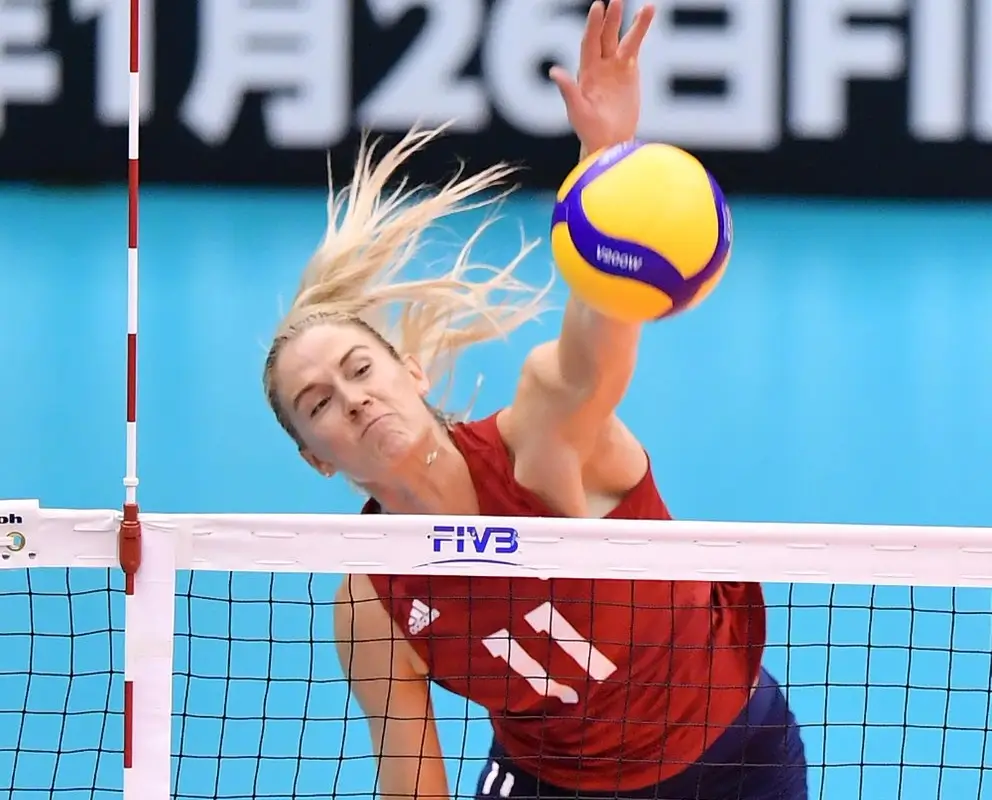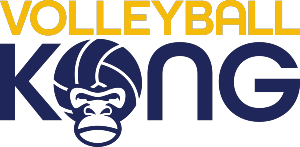Last Updated: February 26, 2024
In the dynamic world of volleyball, the opposite hitter plays a pivotal role, blending offensive power with defensive acumen.
As we move into the new season, mastering this position is more important than ever. Understanding and avoiding common mistakes can significantly enhance an opposite hitter’s effectiveness on the court.
Mistake 1: Miscommunication with the Setter
Being unable to communicate clearly with the setter is a primary mistake of an opposite hitter. Having effective communication is vital, because it influences the momentum and victory of offensive plays. Ineffective communication can lead to multiple negative moves such as wrongly-timed spikes, missed chances, and disunited offensive game play. All these will affect the team’s general performance.
The teamwork between the opposite hitter and setter is essential in implementing attacks and can be a difference between a positive and negative outcome.
Creating a connection with the setter is necessary for opposite hitters in order to resolve the problem. Participating in intense training routines will enable the opposite hitter and setter to understand each other’s preferences and game styles.
Self-made sign language can enhance communication during matches in situations where talking can be difficult. Having discussions before and after the matches can aid in transforming thoughts into actions when the game is on.
Mistake 2: Overemphasis on Power Hitting

Hard-hitting and precise spikes are a notable feature of a spiker, but your moves can be predictable if you depend only on these characteristics. Hitters should be all-rounders in the sense that they can hit different shots from different positions. Calculated moves, roll shots and power shots are some features that can confuse the rival team and open more chances to score points.
You can achieve these skills with frequent practice that involves hitting strategies. Your skills as a player will enhance when you add softer hits and roll shots in your training sessions. You should also read the moments to use the strategies in real games and you can do that by taking part in real match-like practice sessions and noting techniques of experienced players.
Mistake 3: Neglecting Defensive Responsibilities
A player in the opposite hitter position is known for their prowess and defensive qualities. This means they should be skilled at blocking and contribute to the team’s defense from the back row. Ignoring these responsibilities can leave the team vulnerable to attacks and also diminish their effectiveness.
To improve in this area you should practice drills that focus on blocking techniques, footwork and defensive positioning. Participating in drills designed for liberos or middle blockers can greatly enhance a hitter’s defensive capabilities. By developing a rounded skill set, the player becomes valuable in all aspects of the game.
Mistake 4: Inconsistent Adaptability
Volleyball is a sport with changing strategies and playing styles. An opposite hitter must be adaptable and able to adjust to tactics, opponents and gameplay styles. Those who struggle with adaptability often find themselves outmaneuvered and less effective on the court.
Developing adaptability can be achieved by studying game footage, which provides insights into playing styles and strategies used by opponents. As an opposite hitter, you also need to be open to feedback and willing to make changes to one’s playing style in order to stay competitive. Playing against teams and in various conditions, on a regular basis can be really valuable for gaining experience and developing a more adaptable approach to the game.
Mistake 5: Poor Positioning on Court
Proper positioning is critical for both offense and defense. As a hitter being in the spot at the right time can make all the difference between a successful spike or getting blocked, or even between a successful block and missing out on a defensive opportunity. Incorrect positioning can leave you vulnerable.
Improving awareness can be done through targeted drills that simulate game scenarios. Drills that focus on transitioning between defensive positions can be especially helpful. It’s also beneficial to work with coaches to analyze game footage, as this can help identify any positioning errors and areas where you need improvement.
Conclusion
As volleyball continues to evolve, opposite hitters need to continuously improve their skills and strategies. By avoiding these mistakes players can enhance their performance and make more meaningful contributions to their teams. Adapting to the changing dynamics of the game is key for success.
